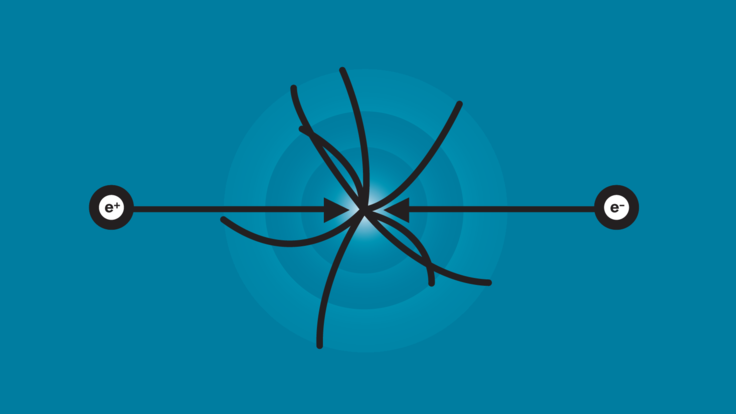Party poopers
Party poopers
Photo: Diana Rogers, SLAC
Busloads of new Stanford graduates and their families admired the field of golden grass on SLAC's eastern-most hill on a sunny Saturday in May. But their stunned tour guides looked in dismay as they sought 50 bright red balloons.




